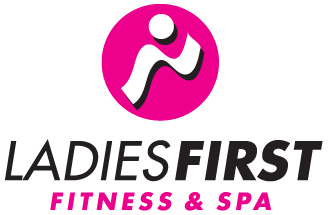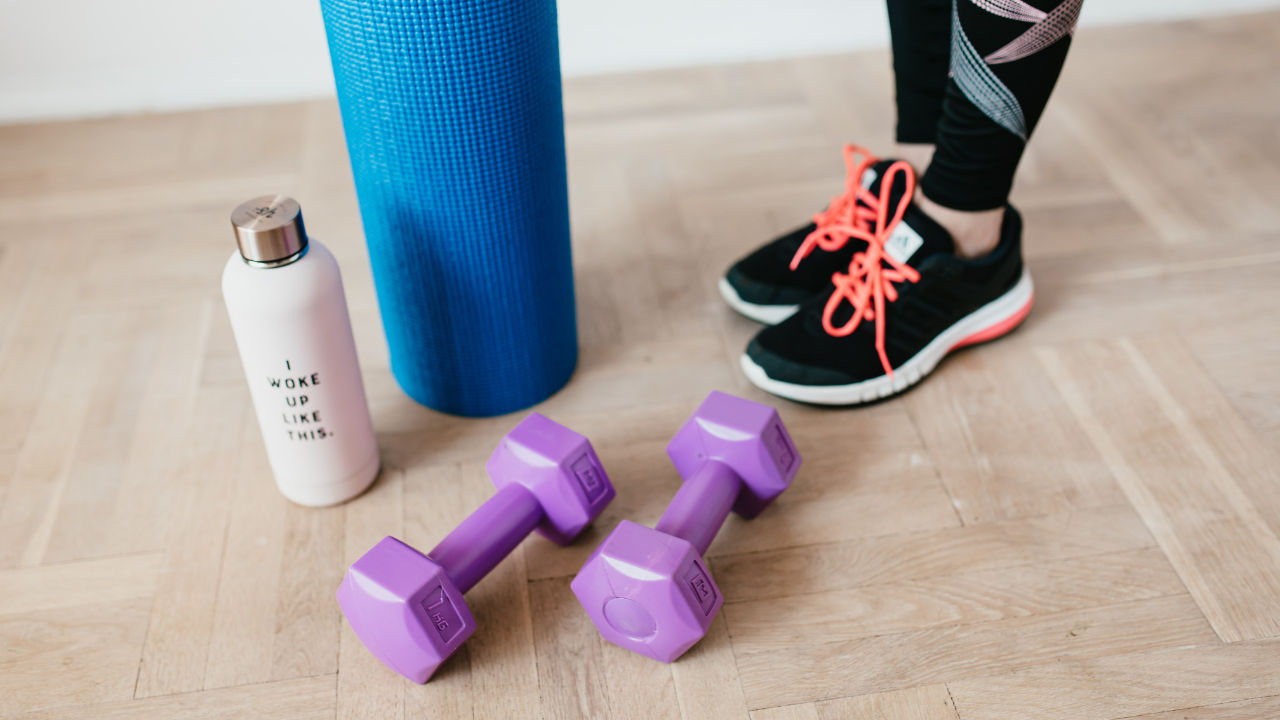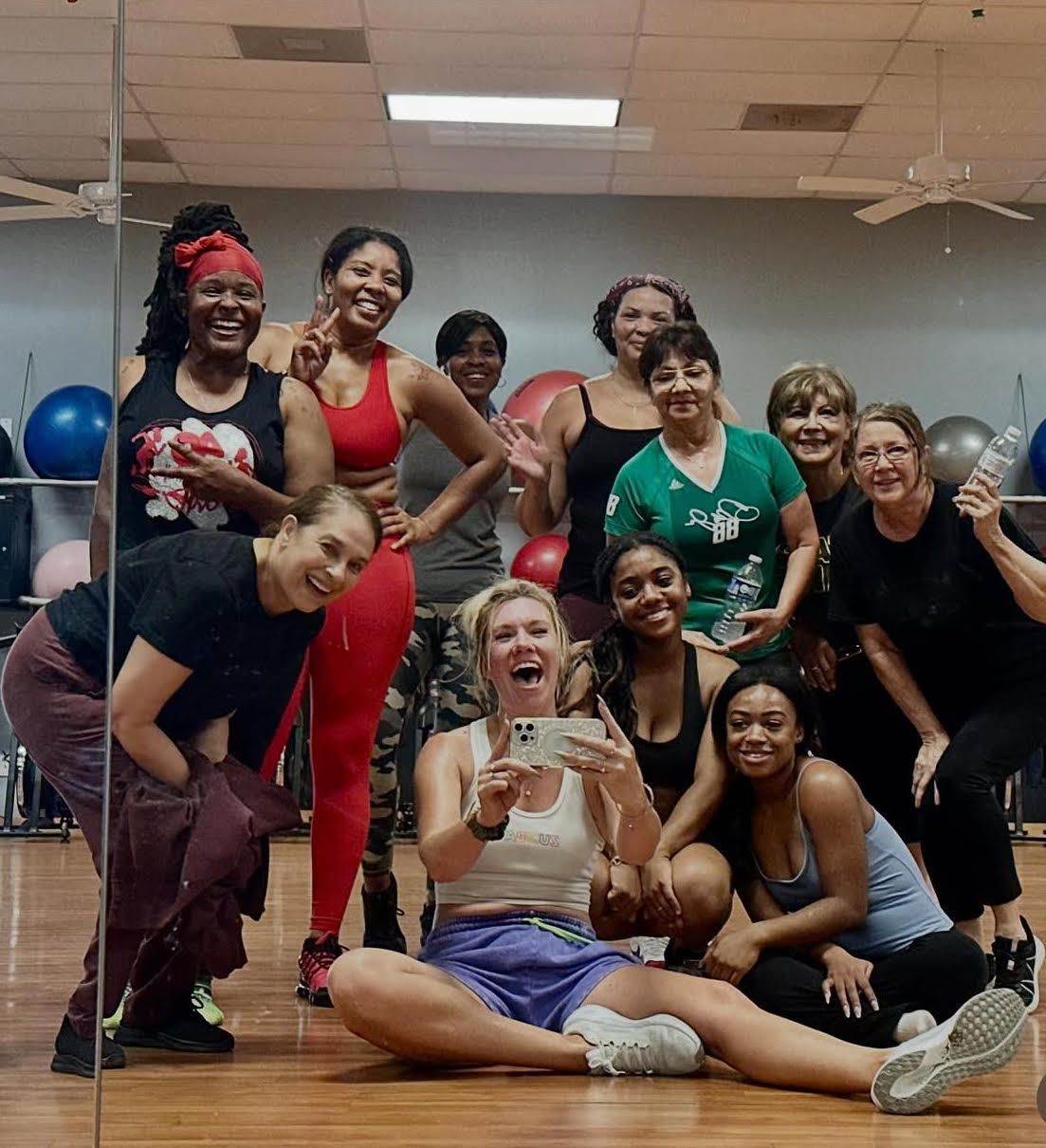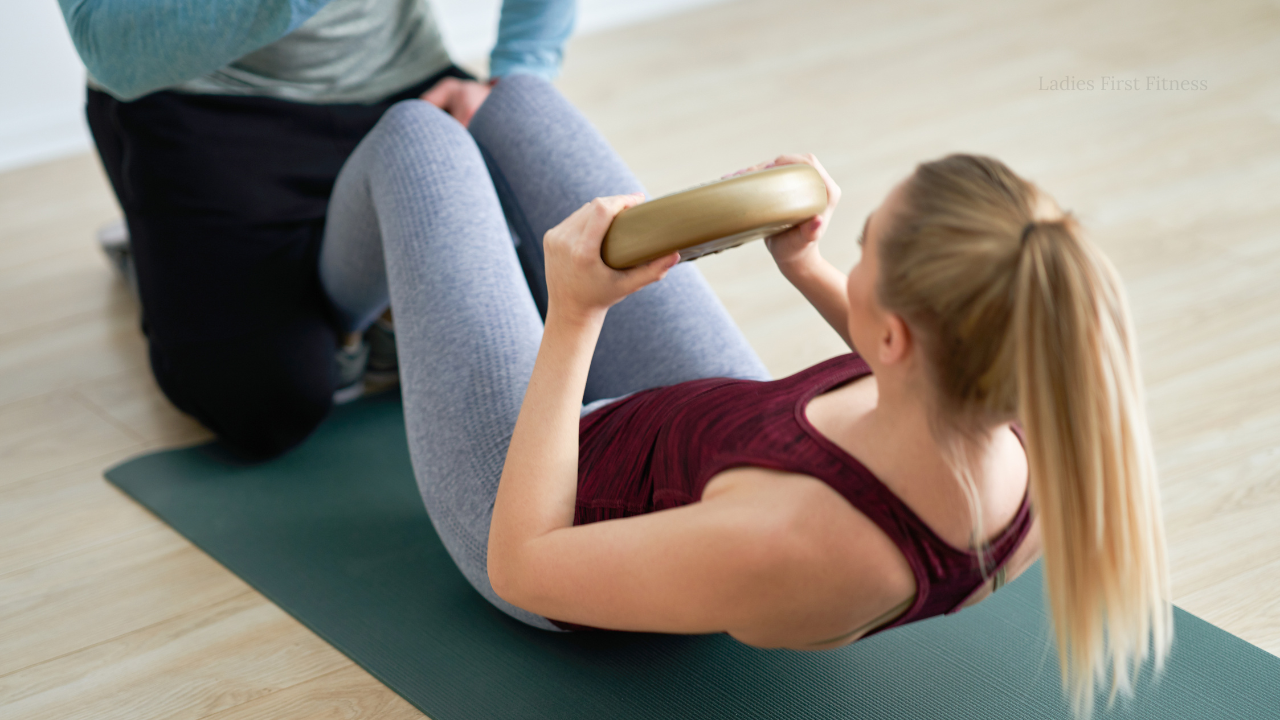Key Takeaways
- Menstrual phases directly impact workout capacity - Over 75% of female athletes report cycle-related performance changes
- Follicular phase offers peak strength potential - Estrogen levels support muscle building and power output
- Luteal phase requires modified intensity - Higher body temperature and fatigue call for gentler workouts
- Energy fluctuations are completely normal - Hormonal shifts create predictable patterns you can plan around
- Timing workouts to your cycle maximizes results - Strategic planning prevents burnout and injury
- Recovery needs change throughout your cycle - Some phases demand more rest than others
- Tracking reveals your personal patterns - Every woman's cycle affects her differently
Your menstrual cycle isn't just about your period. It's a monthly blueprint that shows exactly when your body is primed for intense workouts and when it needs gentler movement.
This happens because hormones like estrogen and progesterone rise and fall in predictable patterns.
These changes affect everything from your energy levels to your muscle strength to how well you recover.
Understanding these patterns helps you work with your body instead of against it.
Here's what happens during each phase and how to adjust your fitness routine accordingly.
When Should You Do Your Hardest Workouts During Your Cycle?
The best time for intense training is during your follicular phase.
This phase starts on day one of your period and lasts about 14 days.
During the first half of this phase, estrogen levels rise steadily. Higher estrogen supports muscle protein synthesis and reduces inflammation.
Research shows that mean force at 80% of one-repetition maximum is higher during the early and late follicular phases compared to the luteal phase.
Your body also handles carbohydrates better during this time. This means you have more readily available energy for tough workouts.
The late follicular phase (around day 10-14) is when many women feel strongest. Estrogen peaks just before ovulation.
This is the perfect time for:
- Heavy strength training sessions
- High-intensity interval workouts
- Personal record attempts
- Boxing or kickboxing classes
- Challenging new exercises
Your pain tolerance is also higher during this phase. You can push harder without feeling as uncomfortable.
Why Do Energy Levels Drop Before Your Period?
Energy crashes before your period happen because of major hormonal shifts.
After ovulation, progesterone levels spike during the luteal phase. This hormone has a sedating effect on your central nervous system.
Progesterone also raises your core body temperature. Studies show that oral temperature is approximately 0.7°C higher during the mid-luteal phase compared to mid-follicular phase.
This temperature increase makes you feel hotter and more fatigued during exercise.
Your body also becomes less efficient at using carbohydrates for fuel. Instead, it prefers burning fat, which requires more oxygen.
Research indicates that maximal oxygen uptake was slightly lower during the mid-luteal phase compared to the early follicular phase.
All of these changes combine to create that heavy, sluggish feeling many women experience in the week or two before their period.
It's not in your head. Your body is literally working harder to do the same activities.
How Should You Modify Workouts During Each Phase?
Each phase of your cycle calls for different workout approaches.
Menstrual Phase (Days 1-5)
Your hormone levels are at their lowest point. Energy often feels depleted, especially on heavy flow days.
Focus on gentle movement that feels good:
- Yoga or stretching
- Light walking
- Swimming (if comfortable)
- Pilates with modifications
Listen to your body above all else. Some women feel energized during their period while others need complete rest.
Follicular Phase (Days 1-14)
This is your power phase. Estrogen rises steadily, supporting muscle growth and recovery.
Take advantage of higher energy levels:
- Progressive strength training
- Circuit training workouts
- Learning new skills or techniques
- Increasing weights or intensity
Your metabolism is also more flexible during this time. You can handle higher carbohydrate intake to fuel harder workouts.
Ovulatory Phase (Days 12-16)
Peak estrogen levels make this your strongest time of the month.
This is when to schedule:
- Maximum effort sessions
- Competition or testing days
- HIIT workouts
- Challenging group fitness classes
Your coordination and reaction time are also at their best during ovulation.
Luteal Phase (Days 15-28)
Rising progesterone calls for a gentler approach. Your body temperature is elevated and recovery takes longer.
Shift your focus to:
- Moderate intensity cardio
- Strength maintenance rather than building
- Stress-reducing activities
- Extra recovery time between sessions
This phase is perfect for working on form, flexibility, and mind-body connection.
What Happens When You Ignore Your Cycle?
Pushing too hard during low-energy phases often backfires.
Your body produces more cortisol when stressed. High cortisol combined with already elevated progesterone can lead to burnout.
Signs you're fighting your cycle include:
- Workouts feeling much harder than usual
- Longer recovery times
- Increased injury risk
- Mood swings or irritability
- Sleep disruption
Amenorrhea rates in competitive athletes range from 2% to 46%, compared to just 2% to 5% in non-exercising women.
This shows how intense training can disrupt hormonal balance when not managed properly.
Chronic high-intensity exercise without adequate recovery can shut down reproductive hormones entirely.
Working with your cycle prevents this by ensuring you rest when your body needs it most.
How Do You Track Your Personal Patterns?
Every woman's cycle affects her differently. Tracking helps you discover your unique patterns.
What to Track Daily:
- Energy levels (1-10 scale)
- Workout performance and perceived effort
- Sleep quality
- Mood changes
- Menstrual cycle day
Simple Tracking Methods:
- Phone apps like Clue or Flo
- Basic calendar with symbols
- Workout logs with cycle notes
- Fitness tracker data
Look for patterns after 2-3 cycles. You might notice that you always feel strongest on day 12 or that day 23 is consistently your lowest energy day.
Use this information to plan your workout schedule in advance.
Schedule challenging sessions during your high-energy windows. Plan rest days or easier workouts during predictable low-energy times.
| Cycle Phase | Days | Workout Focus | Energy Level |
|---|---|---|---|
| Menstrual | 1-5 | Gentle movement | Low-Medium |
| Follicular | 6-14 | Build intensity | Medium-High |
| Ovulatory | 12-16 | Peak performance | Highest |
| Luteal | 15-28 | Maintain & recover | High to Low |
What About Irregular Cycles?
Irregular cycles make timing more challenging but not impossible.
Focus on how you feel rather than calendar days. Learn to recognize the physical and emotional signs of each phase.
Follicular Phase Signs:
- Increasing energy
- Better mood
- Improved strength
- Faster recovery
Luteal Phase Signs:
- Rising body temperature
- Increased appetite
- Longer recovery needs
- Mood changes
Stress, diet changes, and intense training can all affect cycle regularity. Personal training can help you learn to read these body signals.
If your cycles are very irregular or absent, consider consulting a healthcare provider. Hormonal imbalances might need medical attention.
How Does Nutrition Support Cycle-Based Training?
Your nutritional needs change throughout your cycle just like your training needs.
Follicular Phase Nutrition:
- Higher carbohydrate intake supports intense training
- Lean proteins aid muscle recovery
- Anti-inflammatory foods enhance performance
Luteal Phase Nutrition:
- Increase healthy fats for hormone production
- Complex carbohydrates stabilize mood
- Magnesium and B vitamins reduce PMS symptoms
Hydration becomes even more important during the luteal phase due to higher body temperature.
Iron needs increase during menstruation to replace what's lost through bleeding.
Meal prep strategies can help you stay consistent with cycle-supportive nutrition.
What This Means for You
Your menstrual cycle is not a limitation - it's a training tool.
Understanding how hormones affect your performance helps you maximize your efforts and minimize frustration.
Start tracking your cycle and energy patterns today. After a few months, you'll have a personalized roadmap for optimal training.
Remember that consistency matters more than perfection. Even small adjustments based on your cycle can lead to better results and fewer injuries.
Ready to start working with your body instead of against it? Try our free 3-day pass to experience cycle-supportive fitness programming designed specifically for women.
Should I skip workouts during my period?
Not necessarily. Light movement often helps with cramps and mood. Listen to your body and choose gentler activities if needed.
Can intense training delay my period?
Yes. High training stress can disrupt reproductive hormones. If your period stops or becomes very irregular, reduce intensity and consult a healthcare provider.
Why do I crave carbs before my period?
Progesterone increases appetite and drives cravings for quick energy. Your body is preparing for potential pregnancy and wants extra fuel stored.
Is it normal to feel weaker during certain cycle phases?
Absolutely. Hormonal fluctuations naturally affect strength, endurance, and energy levels throughout your cycle.






